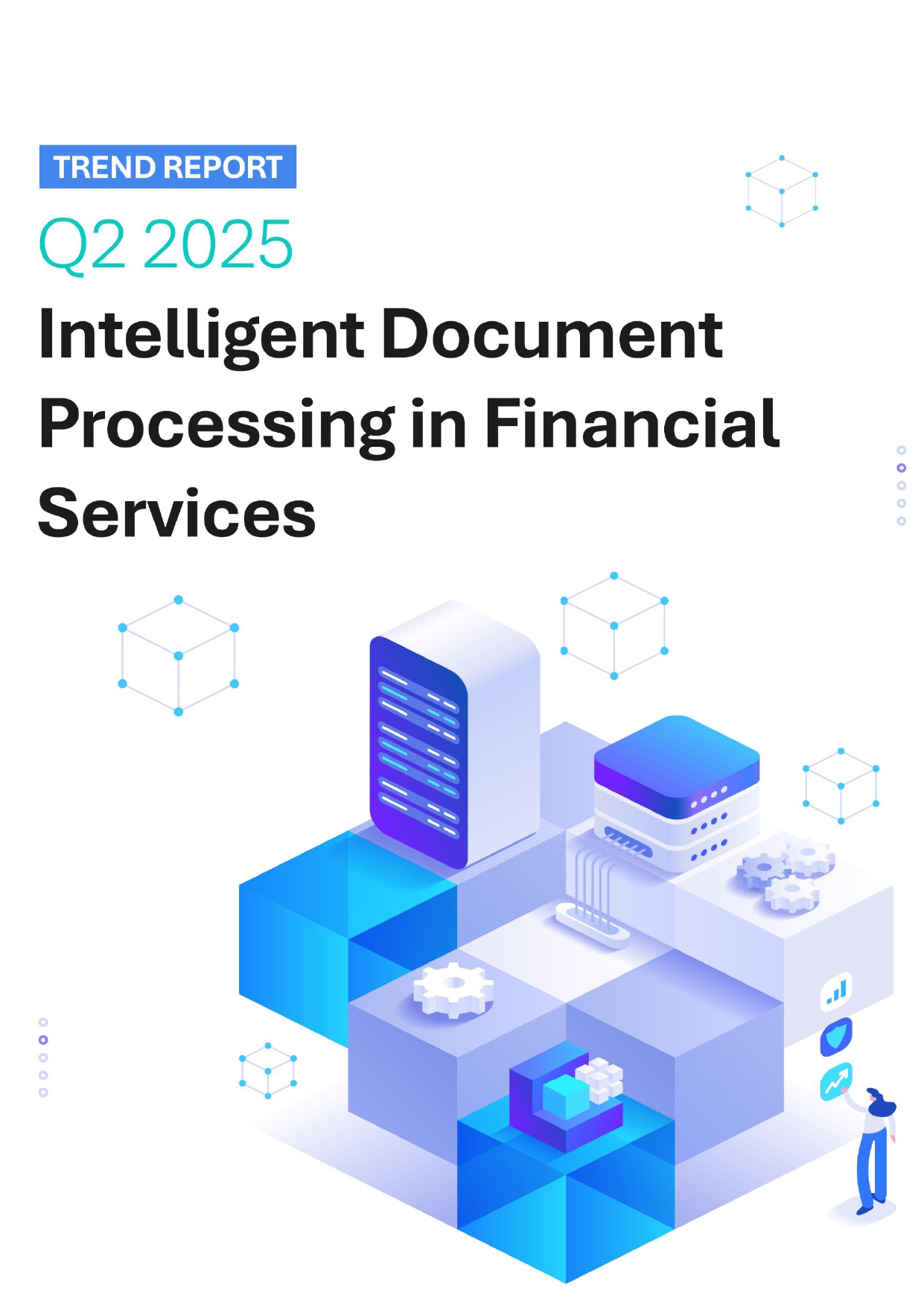 Back
Back
What to expect when the EU instant payment deadline takes effect in January 2025

By Steven Anderson, Director of Product at Fiserv
Marking a milestone move for European payments, in February of this year the European Parliament voted overwhelmingly to endorse new rules to mandate instant payments within the European Union.
Intended to go into effect in January 2025, these regulatory requirements for banks and payment service providers (PSPs) in the Single Euro Payments Area (SEPA) are designed to enable instant payments, allowing retail customers and businesses to receive funds in or under ten seconds. The limit for such credit transfers is capped at €100,000. The regulation marks a key step towards achieving the European Union’s ambitions for a competitive, safe and sovereign payment system.
The move will have wide-ranging implications for financial institutions, bringing with it both challenges and opportunities. We outline five key takeaways:
The need for speed: Banks and PSPs in the SEPA zone will have to be able to receive instant payments by January 2025, within nine months of the regulation coming into force. And within 18 months’ time, banks in the Eurozone will need to be ready to send instant payments. With such a tight timeline for this regulation, banks and PSPs must get to market quickly.
The mandated uptake also has implications for payment volumes. As existing payments are moved to instant payments, including batch payments and diarised and future dated payments, volumes will have far less predictable peaks and troughs. Banks will need to look to cloud-native solutions that are capable of auto-scaling to be able to meet the required processing times as peaks occur.
A requirement for one and all: All banks and PSPs in the SEPA zone – regardless of their size – are expected to adhere to the instant payment regulation. While most larger banks have taken strides to adopt instant payments (albeit processing relatively low volumes), many smaller banks and PSPs are not as far advanced in their approach and we are seeing them turn to ready-made solutions to speed progress.
Also, while the initial phase of the regulation focuses on instant payment receipt and transfers for Euro-dominated countries in the European Union, after 33 months, non-Euro denominated banks will be expected to receive instant payments, meaning work to meet requirements will extend beyond January 2025.
An action-packed ten second window: The EU regulation requires payments to be executed within ten seconds. From the second the initiating bank receives a transaction message to the final second when the receiving beneficiary bank issues a paid receipt, there are a series of workflows for financial institutions to navigate – including appropriate validations and fraud controls.
The way a bank currently processes payments through a workflow may need to be refactored given the new 10 second requirement. Given this, we’ll see a focus on how payment processing can be streamlined, perhaps with synchronous calls to qualify the payment as opposed to consecutive calls that come one after the other as is currently typical.
Cost control high on the agenda: European banks won’t be able to charge a premium to facilitate instant payments. This means that controlling the cost of adapting to the new rules will be vital. However, while the direct upside on revenues would appear to be limited, widespread adoption of instant payments will have a long-term positive impact on the European banking sector’s competitiveness and growth prospects.
Keying into the digital economy: A shift to instant payments allows banks to participate in the growing embedded finance economy. With the European embedded finance market expected to pass roughly €86 billion by 2033, instant payments – with their real-time capabilities – will help to improve the efficiency and volume of financial transactions and enhance user experience.
The regulatory change will also bring European payments into line with global peers. For instance, as of early 2022, instant payments accounted for 11% of all euro credit transfers within the European Union. By contrast, 39% of UK payments were Faster Payments in 2021. So while financial institutions may see this as short-term pain, we are optimistic it will deliver long-term gains, driving positive innovation.
IBSi News
Get the IBSi FinTech Journal India Edition
- Insightful Financial Technology News Analysis
- Leadership Interviews from the Indian FinTech Ecosystem
- Expert Perspectives from the Executive Team
- Snapshots of Industry Deals, Events & Insights
- An India FinTech Case Study
- Monthly issues of the iconic global IBSi FinTech Journal
- Attend a webinar hosted by the magazine once during your subscription period
₹200 ₹99*/month
* Discounted Offer for a Limited Period on a 12-month Subscription
IBSi FinTech Journal

- Most trusted FinTech journal since 1991
- Digital monthly issue
- 60+ pages of research, analysis, interviews, opinions, and rankings
- Global coverage
Other Related Blogs
July 10, 2025
Digital credit as the new emergency fund: how millennials are redefining financial resilience
Read MoreRelated Reports

Sales League Table Report 2025
Know More
Global Digital Banking Vendor & Landscape Report Q2 2025
Know More
NextGen WealthTech: The Trends To Shape The Future Q4 2023
Know More
Intelligent Document Processing in Financial Services Q2 2025
Know More

